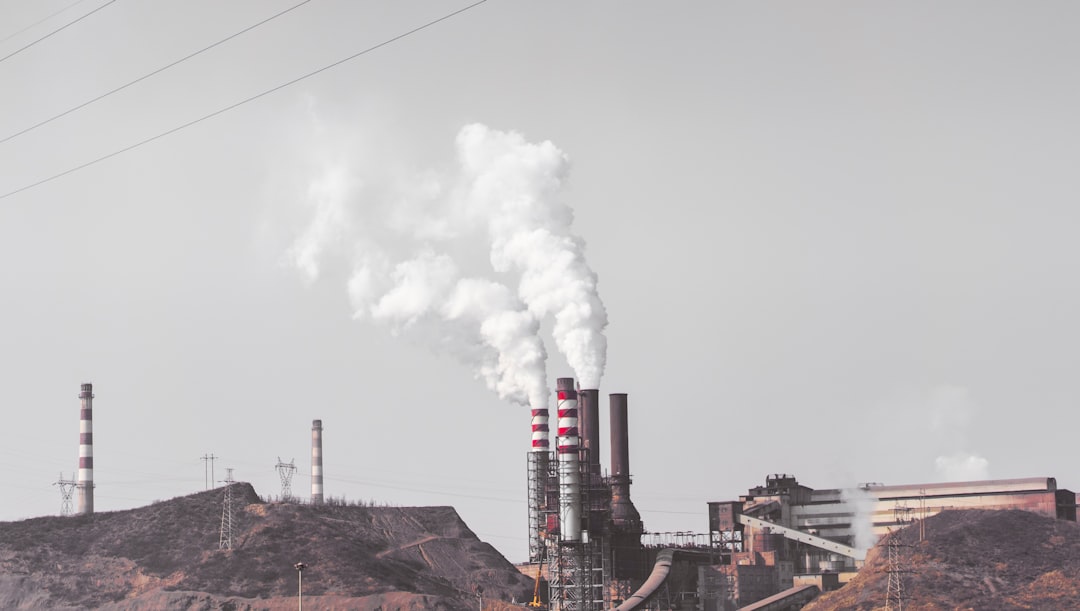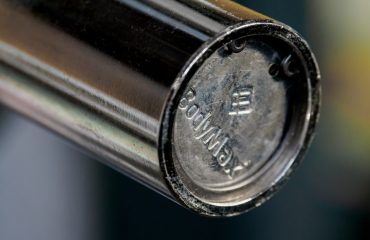The steel industry is a significant contributor to global greenhouse gas emissions. Accurate and transparent carbon emission reporting is no longer optional; it’s crucial for achieving sustainability goals and meeting growing regulatory demands. This post provides a comprehensive overview of the complexities of reporting carbon emissions within the steel sector, covering key methodologies and future trends.
Understanding the Scope of Steel Emissions: Scope 1, 2, and 3
Accurately reporting steel emissions requires a clear understanding of the Greenhouse Gas (GHG) Protocol’s three scopes:
- Scope 1: Direct Emissions: These are emissions directly from owned or controlled sources. In steel production, this includes emissions from coke ovens, blast furnaces, and other direct combustion processes within the steel mill. Accurate measurement involves meticulous monitoring of fuel consumption, process efficiency, and fugitive emissions. This requires detailed data collection from operational processes and often involves specialized equipment for continuous monitoring.
- Scope 2: Indirect Emissions from Energy Consumption: These emissions result from the generation of purchased electricity, heat, or steam used in steel production. Reporting Scope 2 emissions requires obtaining data from energy suppliers regarding their emission factors. The location of the energy source significantly impacts the calculation, highlighting the importance of sourcing renewable energy.
- Scope 3: Indirect Emissions from the Value Chain: This is the most complex scope, encompassing emissions from activities across the entire steel value chain that the company does not directly own or control. This includes raw material extraction (iron ore, coal, etc.), transportation of raw materials and finished products, manufacturing of purchased goods and services, use of sold products, and end-of-life treatment of steel products. Accurate reporting requires collaboration with suppliers and customers and often relies on industry average emission factors or life cycle assessments (LCAs).
Methodologies for Calculating Steel Carbon Emissions
Several methodologies exist for calculating steel carbon emissions, each with varying levels of complexity and accuracy. Common approaches include:
- Tier 1: Using emission factors: This approach utilizes industry-average emission factors for various processes. It’s relatively simple but less accurate, offering a generalized overview rather than a precise picture of a specific steel plant’s emissions.
- Tier 2: Using facility-specific data: This method uses direct measurements of energy consumption, fuel usage, and other relevant data from the steel facility. It provides a much more accurate assessment of emissions but requires significant data collection and analysis.
- Life Cycle Assessment (LCA): This comprehensive approach assesses emissions across the entire life cycle of a steel product, from raw material extraction to end-of-life disposal. It offers the most comprehensive understanding of the environmental impact but requires significant resources and expertise.
Data Collection and Reporting Challenges in the Steel Industry
Accurately reporting carbon emissions in the steel industry presents several challenges:
- Data Availability and Quality: Collecting accurate and reliable data across the entire value chain can be difficult, especially for Scope 3 emissions. Data inconsistencies and lack of standardized reporting methods hinder accurate calculations.
- Complex Production Processes: The steelmaking process is complex, involving numerous interconnected steps and energy-intensive processes, making it challenging to track and quantify emissions at each stage.
- Technological Limitations: Monitoring and measuring emissions from some processes, such as fugitive emissions, can be technically challenging and require specialized equipment.
- Lack of Standardization: The absence of universally accepted reporting standards and methodologies makes comparison and benchmarking difficult across different steel producers.
Emerging Technologies and Best Practices for Reducing Steel Emissions
The steel industry is actively exploring innovative technologies and adopting best practices to reduce its carbon footprint:
- Hydrogen-based steelmaking: Replacing coal with hydrogen as a reducing agent in the blast furnace significantly reduces carbon emissions. This is a promising long-term solution but requires substantial investment in hydrogen production and infrastructure.
- Carbon Capture, Utilization, and Storage (CCUS): Capturing CO2 emissions from steelmaking processes and either storing them underground or utilizing them in other industries is another crucial technology for decarbonization.
- Electric Arc Furnaces (EAFs): EAFs use electricity to melt scrap steel, resulting in significantly lower emissions compared to blast furnaces. Increasing the use of EAFs is a key strategy for reducing emissions.
- Improved Process Efficiency: Optimizing existing steelmaking processes to reduce energy consumption and material waste can significantly contribute to emission reductions.
- Sustainable Raw Material Sourcing: Utilizing recycled steel and sourcing raw materials from suppliers with lower carbon footprints reduces emissions throughout the value chain.
The Future of Carbon Emission Reporting in the Steel Industry
The future of carbon emission reporting in the steel industry will be shaped by increasing regulatory pressure, growing investor demand for transparency, and the development of more sophisticated reporting methodologies. We can expect to see:
- Increased standardization: The development of globally recognized standards and methodologies will ensure consistency and comparability of emission reports.
- Enhanced data transparency: Greater transparency in data collection and reporting will enable more accurate and reliable assessments of emissions.
- Integration of technology: The use of digital technologies and data analytics will streamline data collection and improve the accuracy of emission calculations.
- Focus on Scope 3 emissions: Increased attention will be paid to Scope 3 emissions, requiring collaboration across the entire value chain to reduce emissions.
- Emphasis on decarbonization strategies: Steel producers will be increasingly scrutinized for their decarbonization strategies and their progress towards emission reduction targets.
Accurate carbon emission reporting is vital for the steel industry’s transition to a sustainable future. By adopting robust methodologies, embracing innovative technologies, and fostering collaboration across the value chain, the steel industry can play a key role in mitigating climate change.




